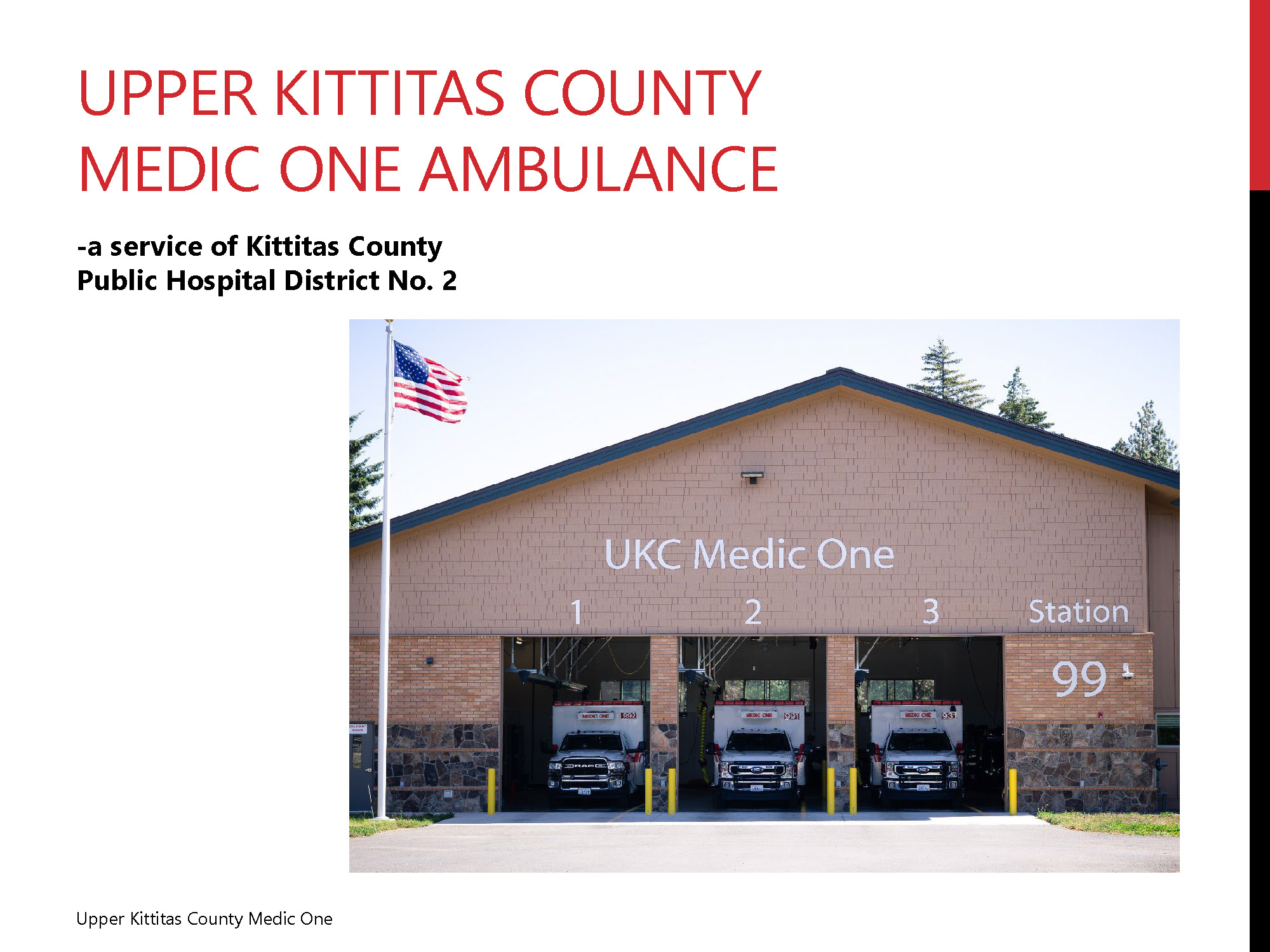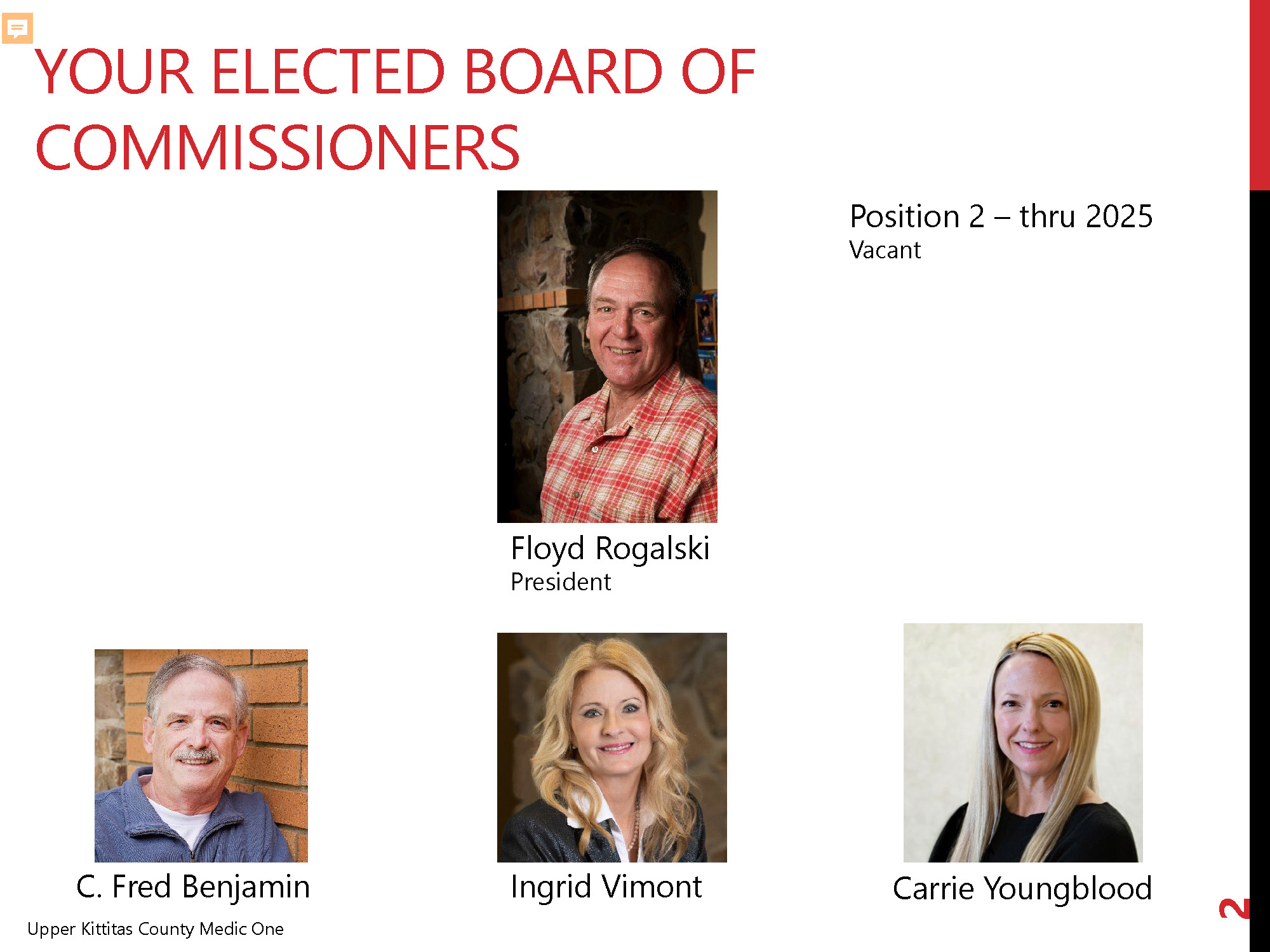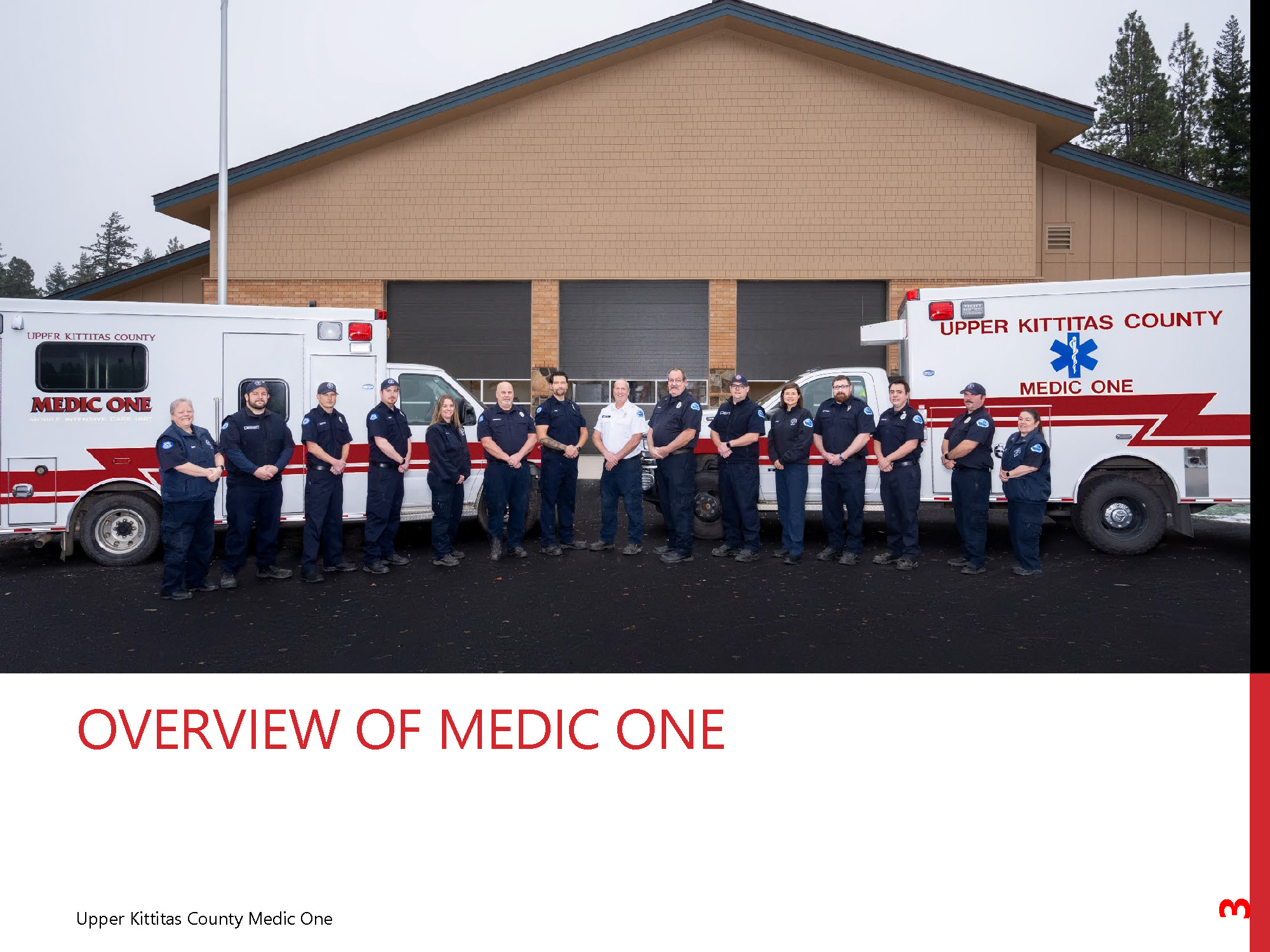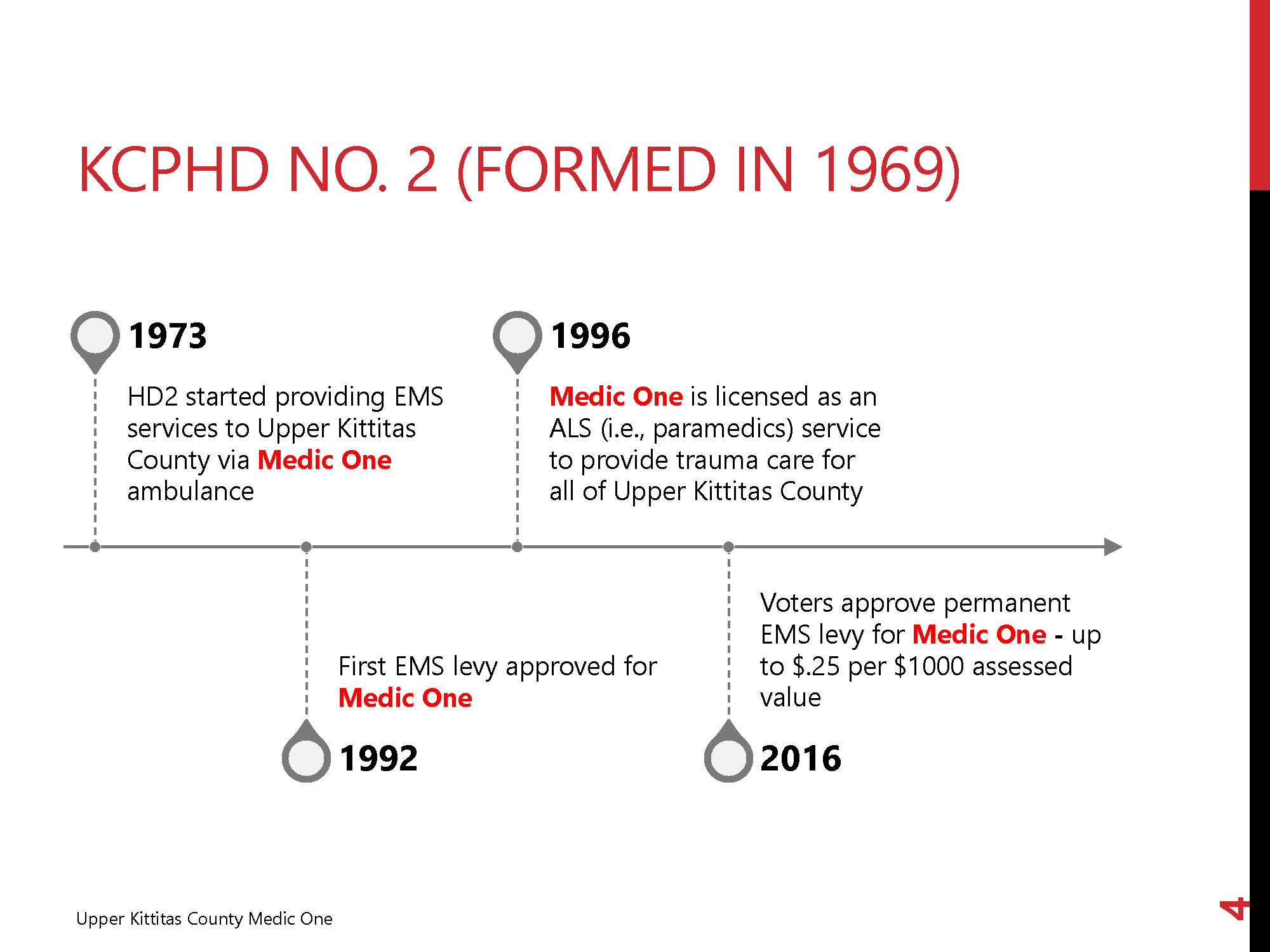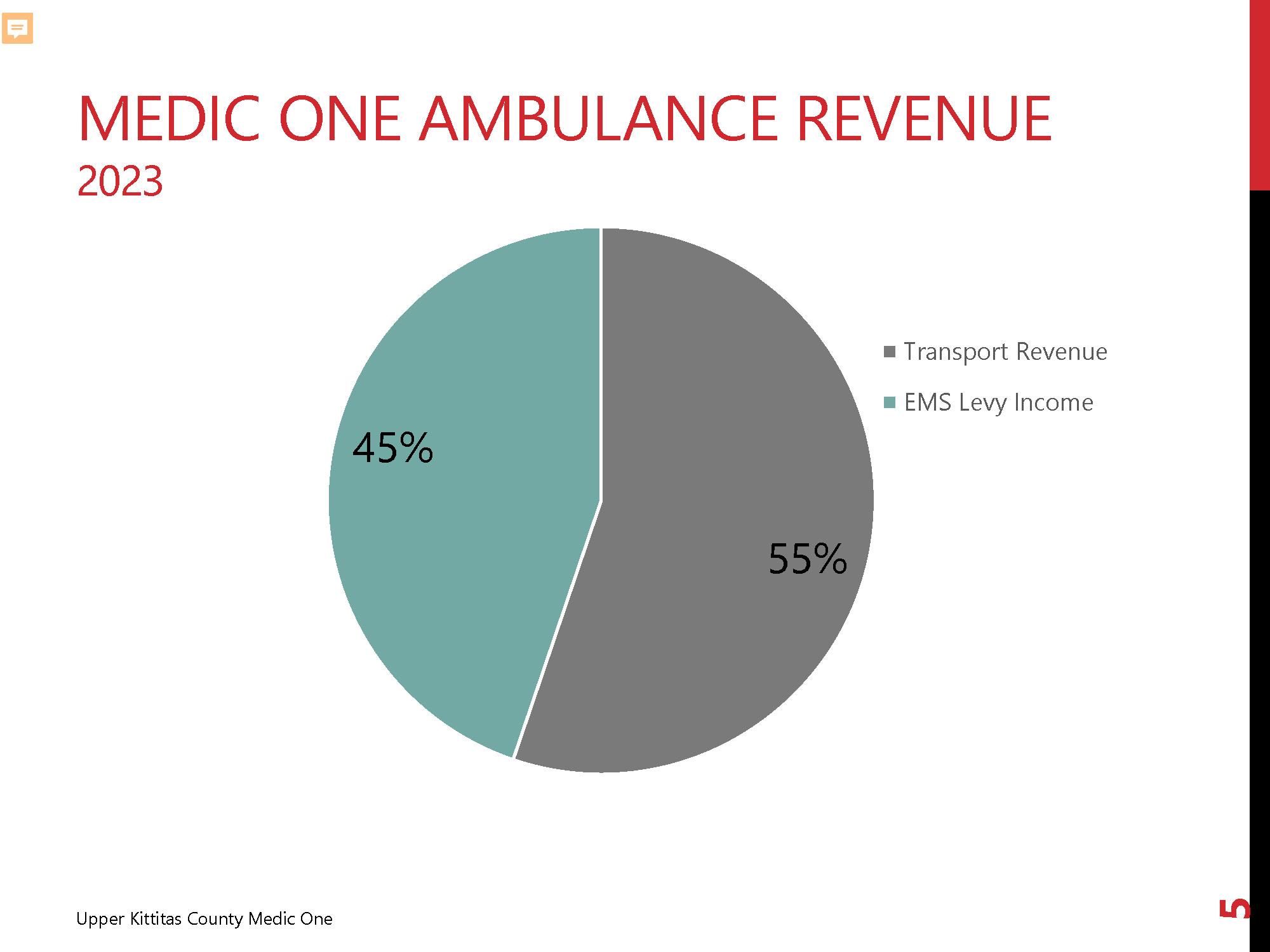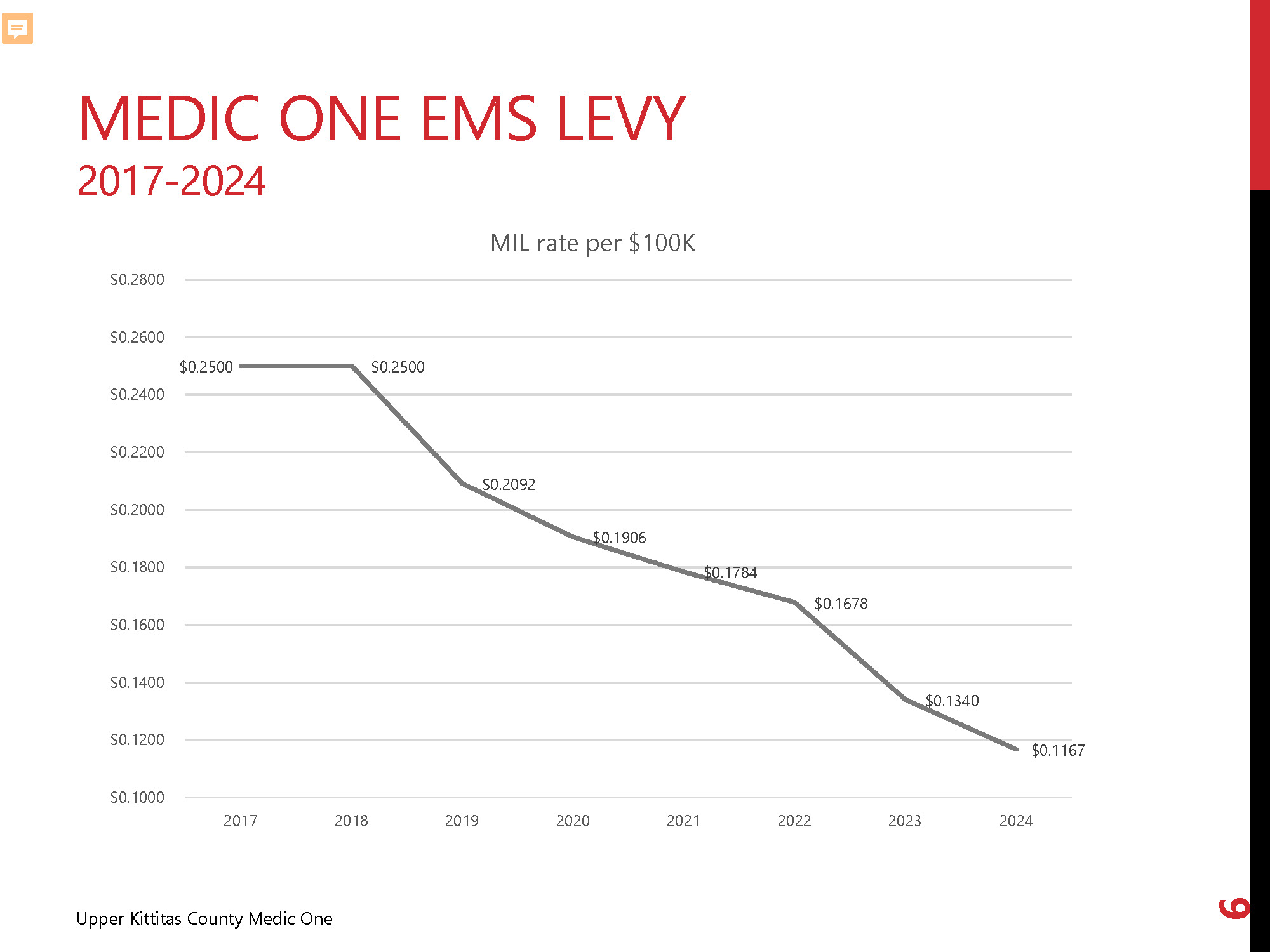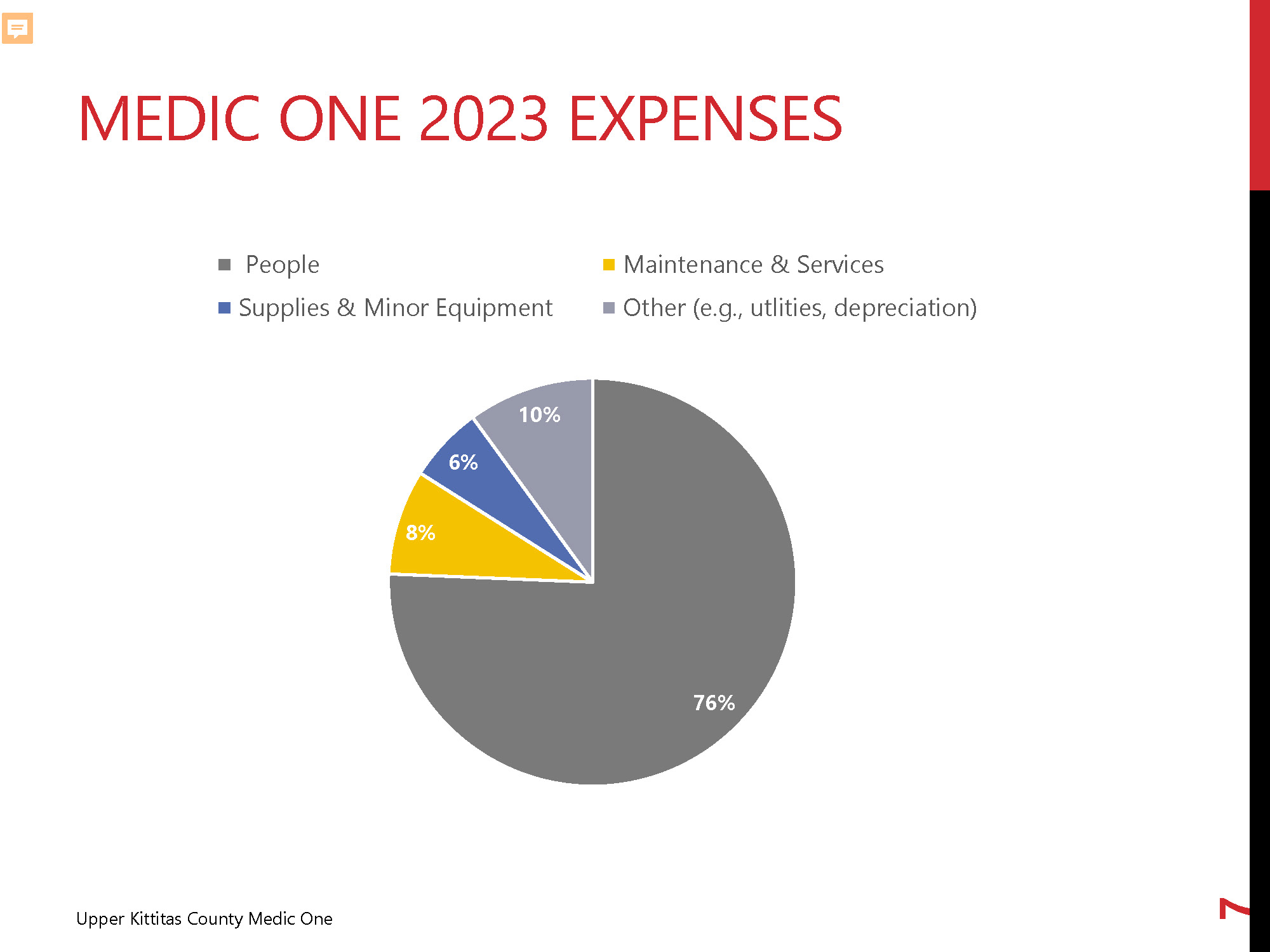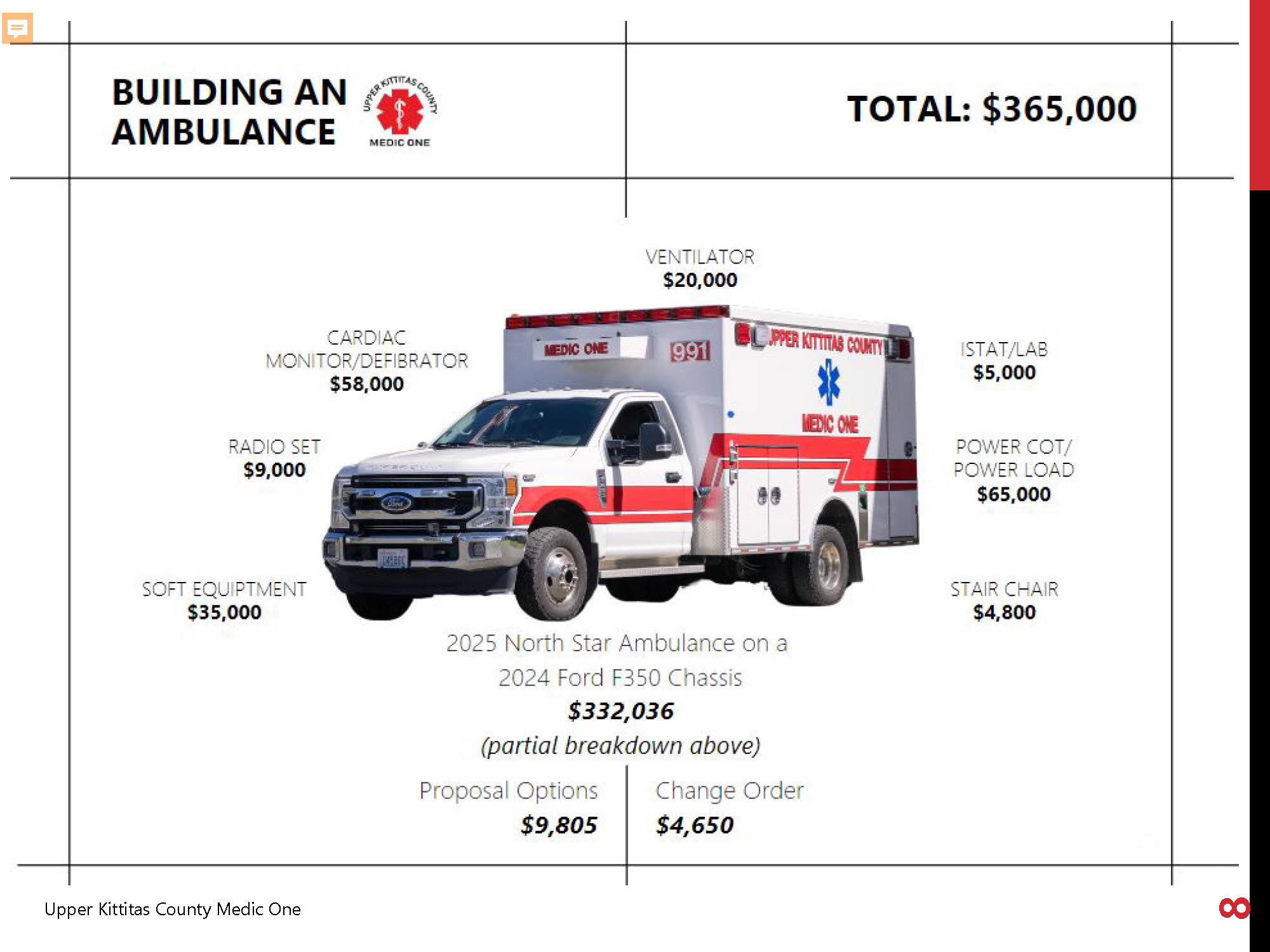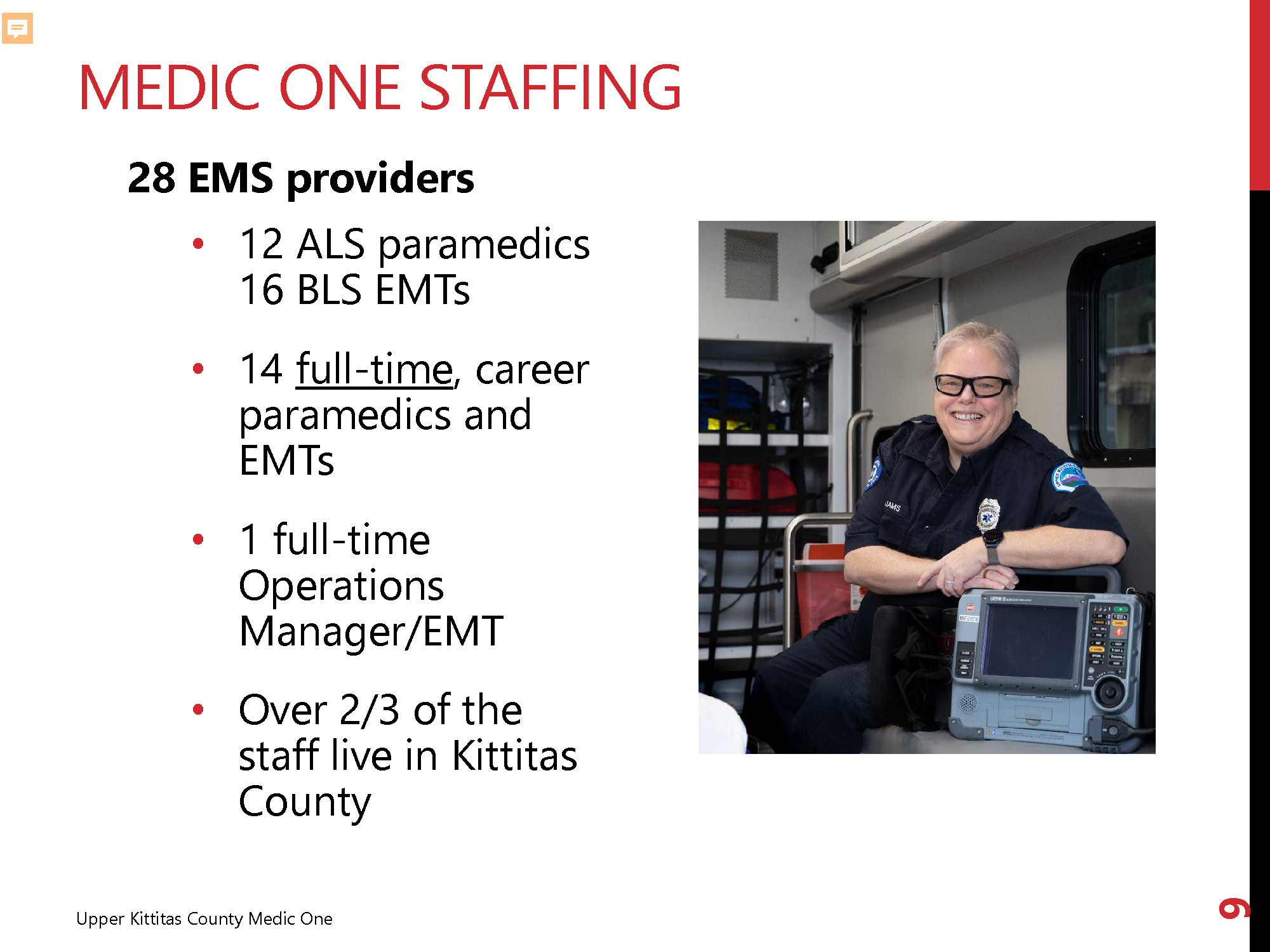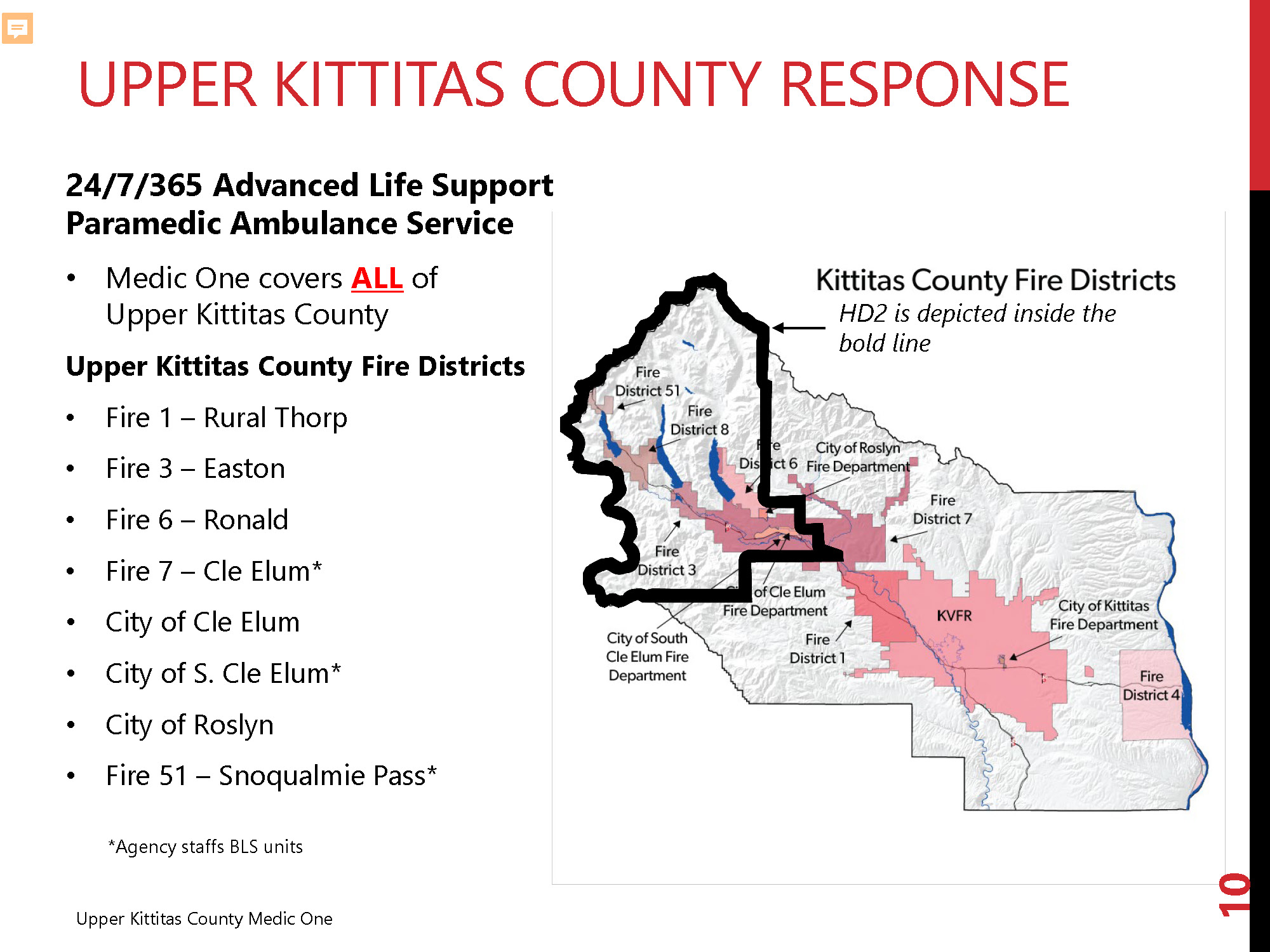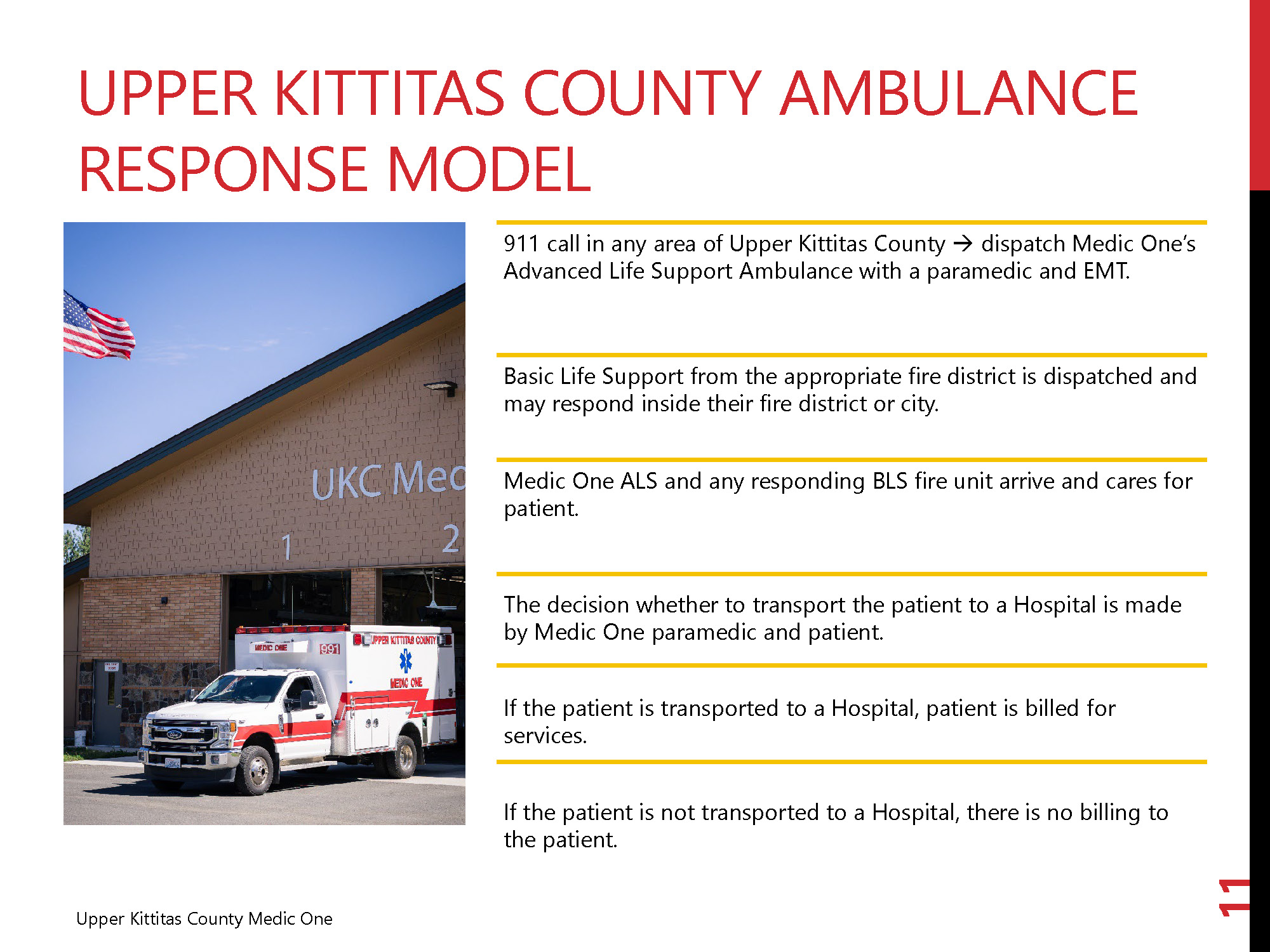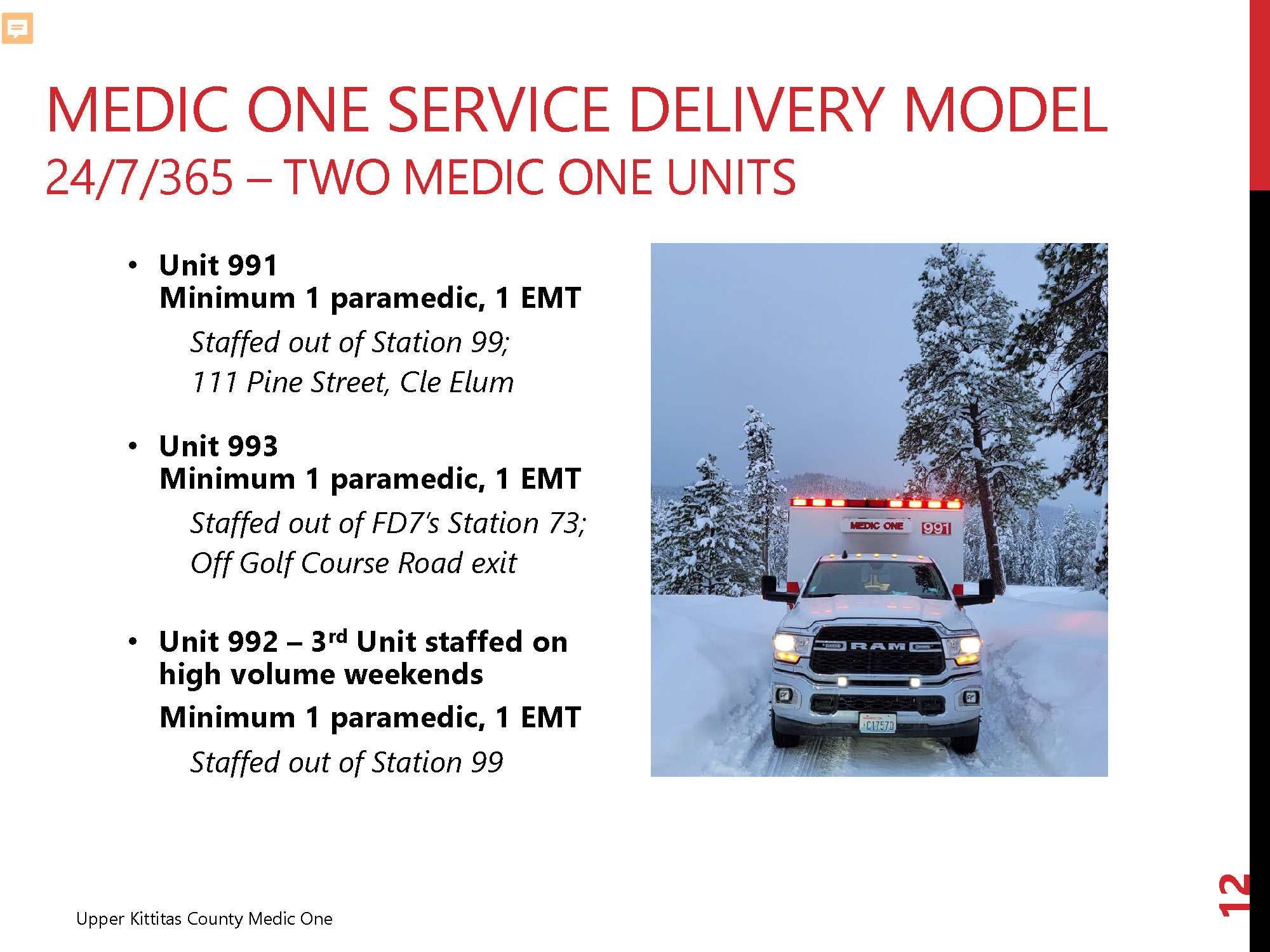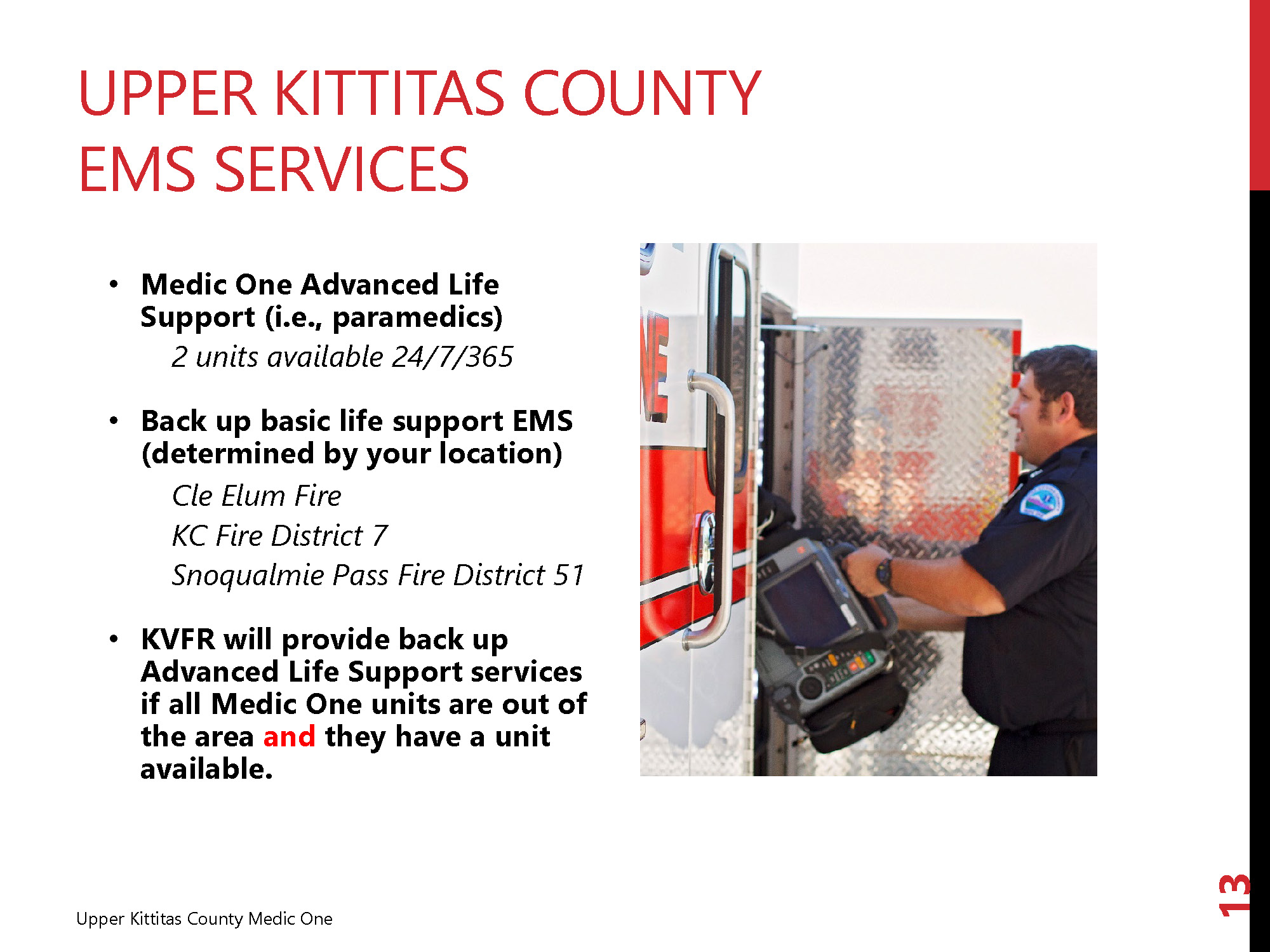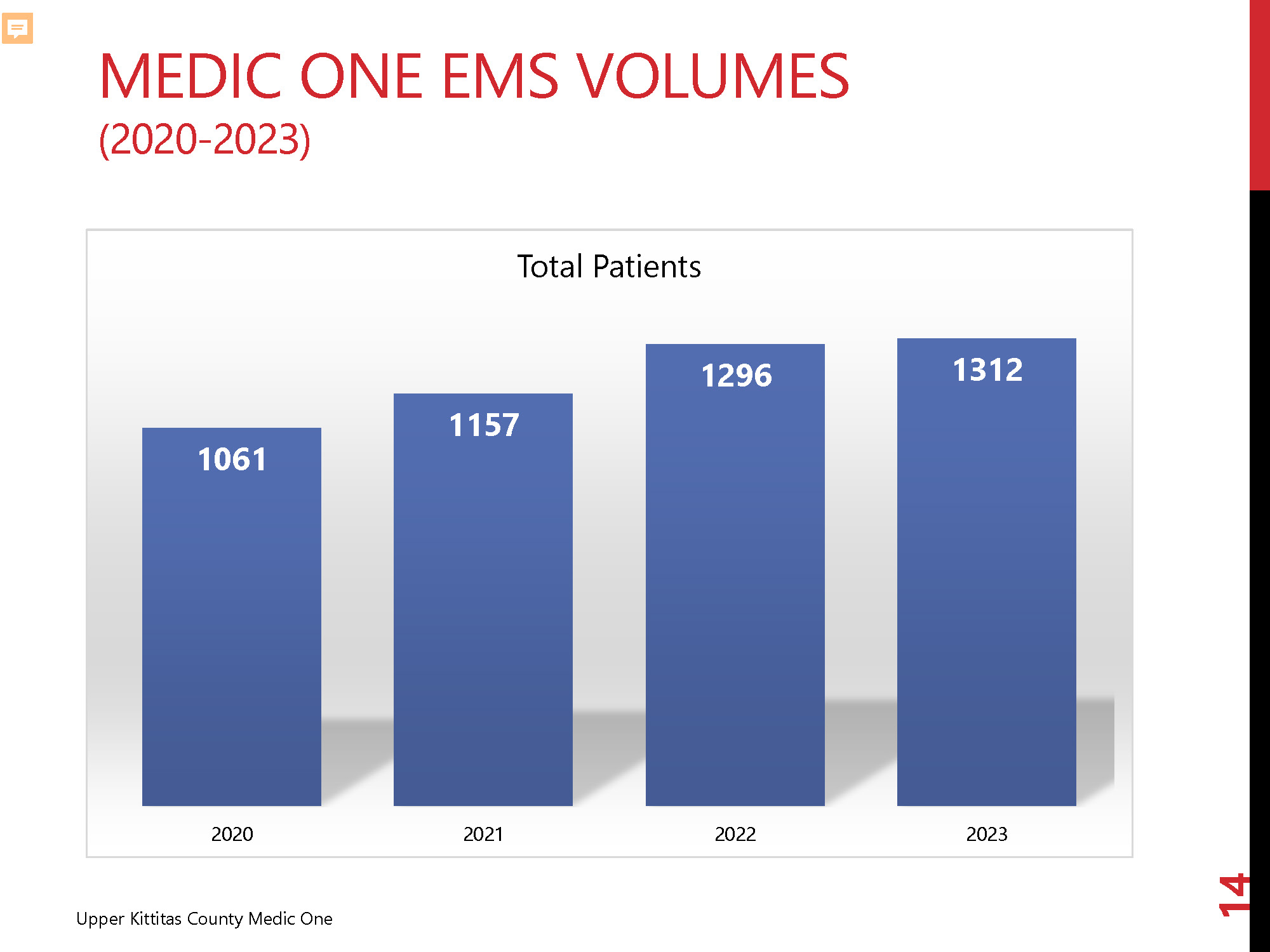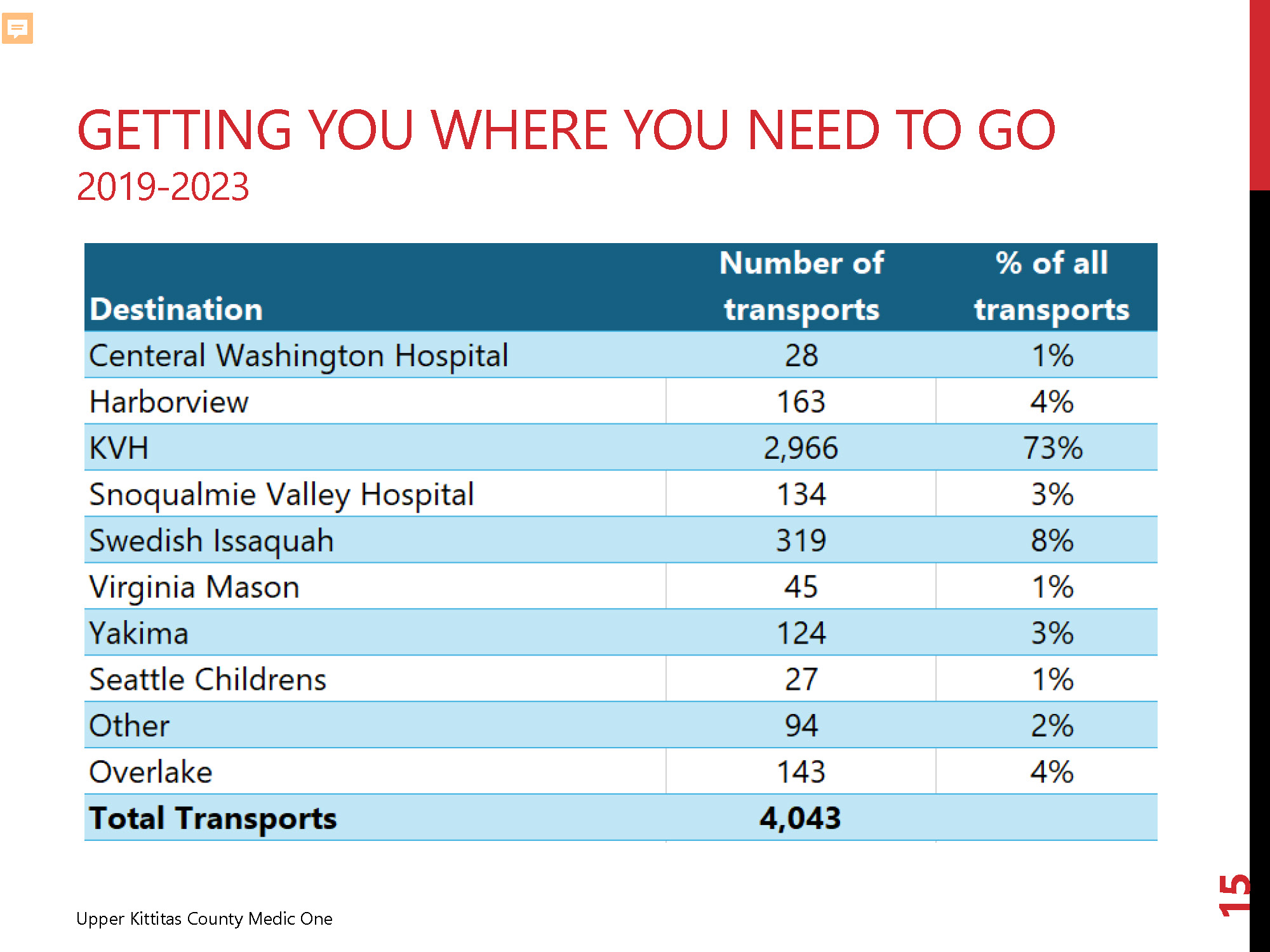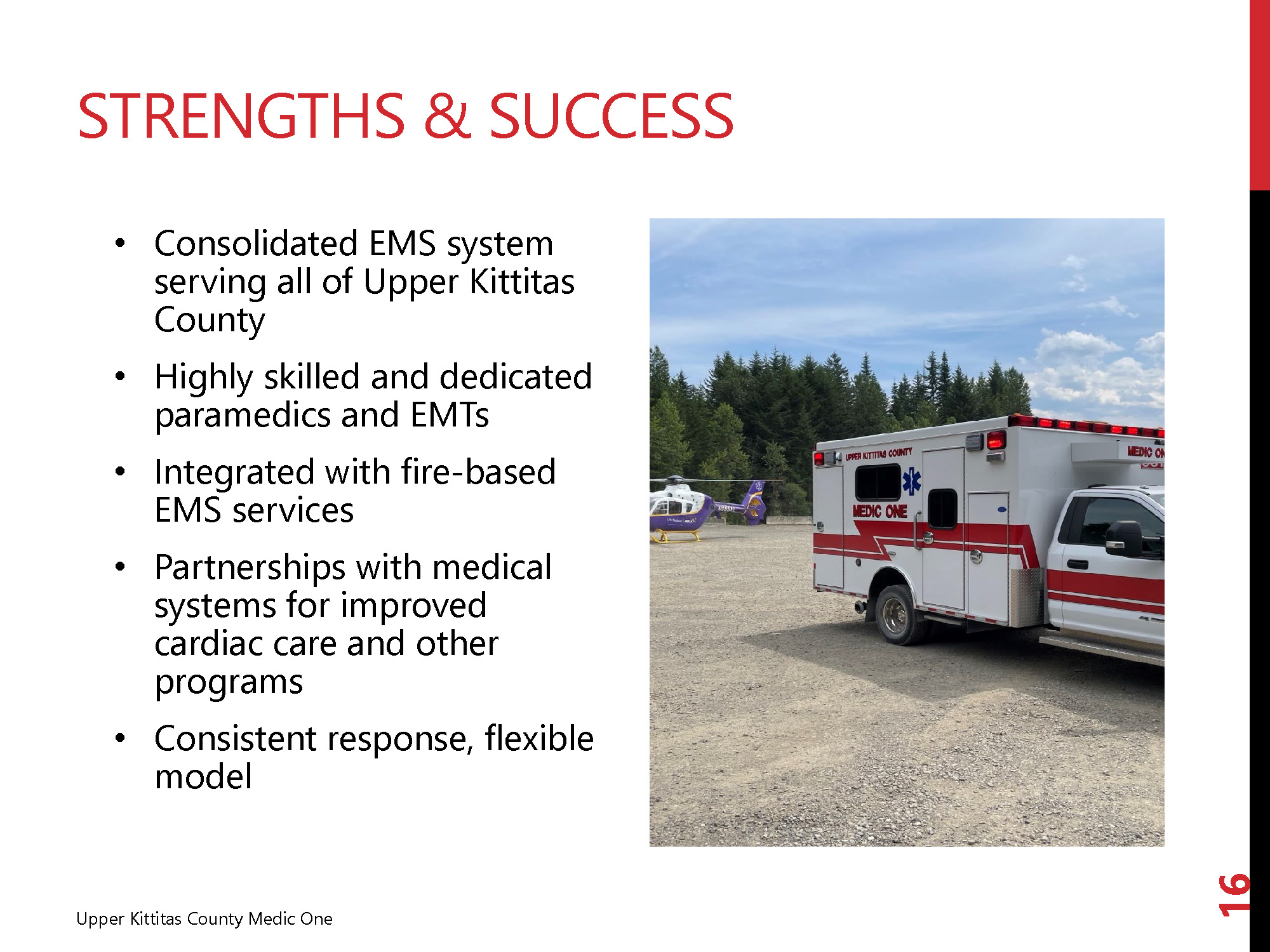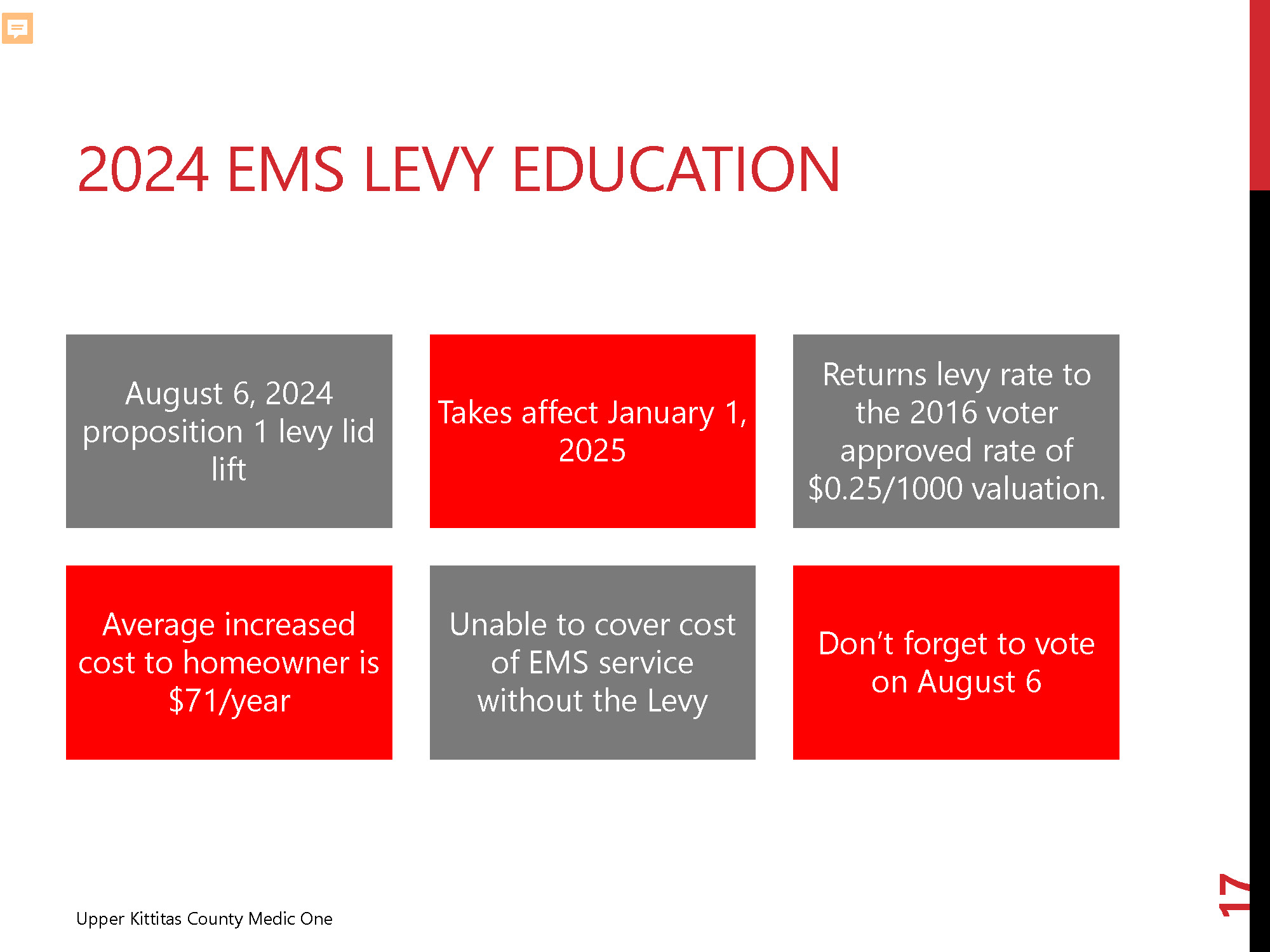Your access to high-quality healthcare should not depend on where you choose to live. In the last decade, more than 100 rural hospitals in the U.S. have closed. Another 700, 30% of remaining rural hospitals, are at risk of closure. Multistate hospital systems, private equity firms, or other for-profit companies have acquired many more. Rural communities that lose their hospitals not only lose access to care, but they forfeit economic vitality and many family-wage jobs. Rural communities that lose control of their local hospital find that governance, the ability to determine which services will be available, and how earnings will be reinvested are outsourced to national headquarters.
Washington State is unique in the number of independent, community hospitals that continue to serve rural residents. That’s because fifty-six communities in Washington State take advantage of a WWII-era statute that allows for the creation of Public Hospital Districts (PHDs). These communities made a choice and investment to keep quality care local. Residents of Ellensburg made that choice in 1960 when they voted to form Kittitas County Public Hospital District 1, now operating at Kittitas Valley Healthcare (KVH). For sixty years, KVH has been on the forefront of protecting Kittitas County’s community health. As the only hospital in Kittitas County, KVH is responsible for the well-being of over 44,000 residents who call this valley home and for the millions of visitors who pass through. In 1969, Upper County voted to form Kittitas County Public Hospital District 2. Hospital District 2 operates the Medic One ambulance service, providing the only licensed advanced life support paramedics to all Upper Kittitas County, from Snoqualmie Pass to Elk Heights.
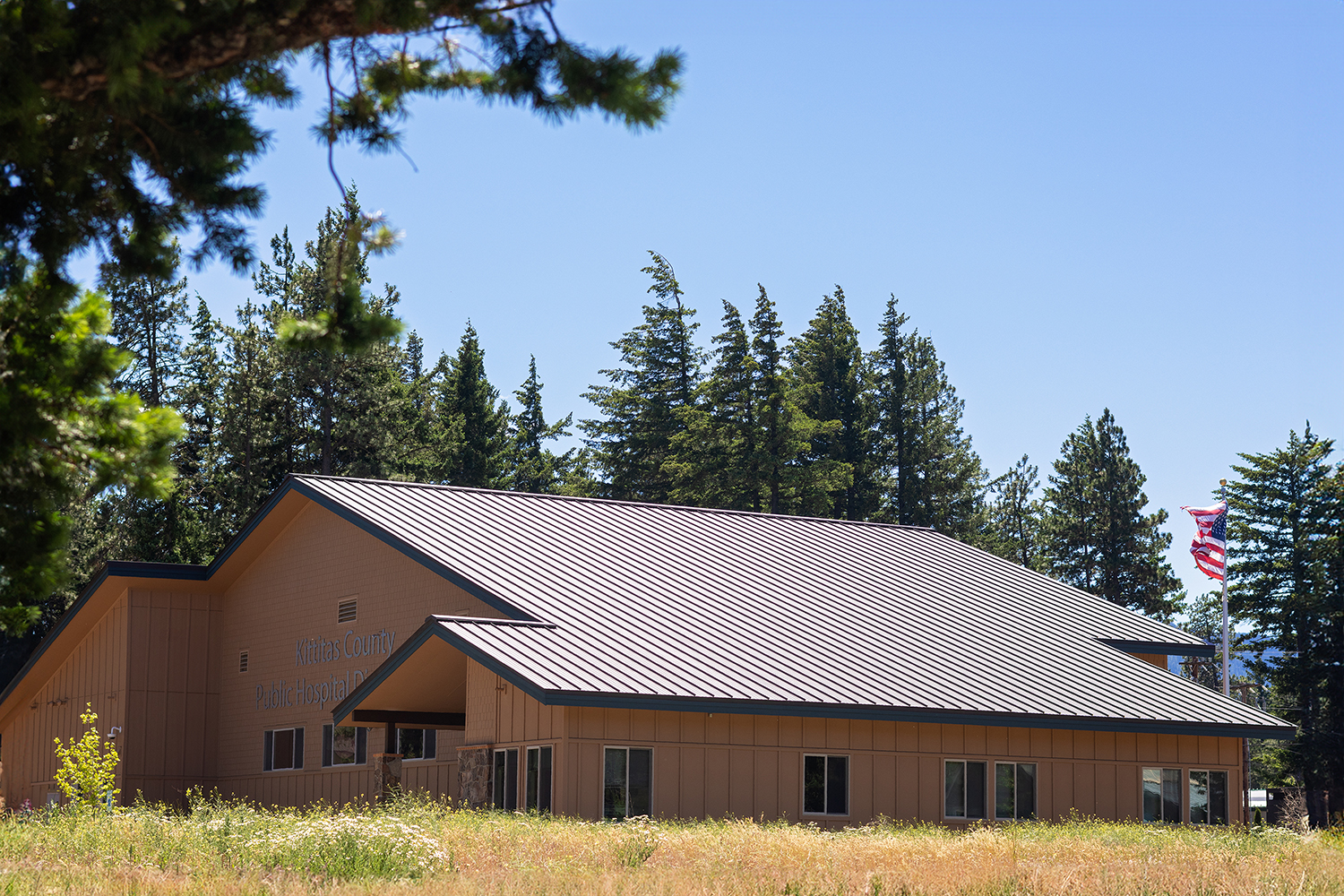
Back in 1960, HD1 provided hospital services, and primary care was provided by small, private practices scattered around the hospital and throughout the community. Today most physicians choose to become employees of hospitals, health systems, or large groups, and Kittitas County is no different. Like the rest of the country, we grapple with healthcare access. This shortage is worse in rural areas and undermines the well-being of rural residents. Public hospital districts stand as unique champions for community-centric healthcare and prioritize accessibility and inclusivity. As nonprofit organizations, every dollar earned goes to answer the needs of the community. By pooling resources and leveraging community partnerships, these districts bridge healthcare gaps, ensuring that essential services are within reach for all residents. Moreover, they foster a sense of ownership and accountability, empowering communities to shape their healthcare futures.
The governing board of a public hospital district is elected by the district’s residents. These elected board members are responsible for the oversight of the operations of PHDs. The board is responsible for strategic direction, approving budgets, and representing the interests of the community in healthcare matters. Board members uphold the principles of accountability and stewardship. Throughout this process, transparency, public participation, and adherence to legal requirements are crucial to ensuring the effectiveness of the publicly elected board.
We thank our community for creating Kittitas County’s two hospital districts that work together to elevate the quality of healthcare you receive. Together, we will continue to build a brighter future for the people of Kittitas County.
Michele Wurl
Chief Public Relations Officer
Kittitas Valley Healthcare
